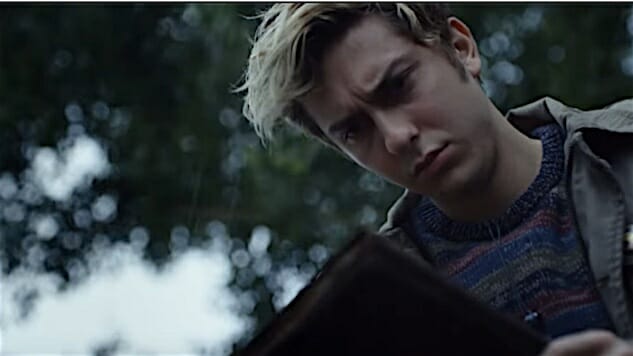Death Note

Netflix’s Death Note adaptation is likely to disappoint any diehard fans of the source material. Those fans also have a frankly absurd amount of extant Death Note to revisit whenever they’d like—12 manga volumes, 37 anime episodes, multiple live-action movies, novels, videogames, and even TV dramas. The sheer bulk of the Death Note franchise speaks to the endless malleability of its premise: a high school student finds a notebook belonging to a god of death that can kill anyone whose name is written down in it.
Naturally, manga writer Tsugumi Ohba found plenty of ways to complicate said premise beyond parody, and the convolutions Death Note goes through to shock the audience directly influenced later anime like Psycho-Pass. The U.S. Death Note will likely be of more interest—although distribution on Netflix guarantees a wide, disparate audience—to fans of director Adam Wingard’s bold horror movies than to fans of the manga and anime. At 100 minutes, it necessarily takes bits and pieces from the manga and places them into its own framework.
But with three credited scriptwriters, including Charles and Vlas Parlapanides (Immortals) and Jeremy Slater (Fantastic Four), the film barely hangs together on a writing level, getting by instead on sheer attitude. Light Turner (former Naked Brother Nat Wolff) finds the Death Note and meets the death god Ryuk (voice/facial mocap by Willem Dafoe, with Jason Liles as the man in the suit). The film sprints through these formalities. It’s not ten minutes before Turner has used the Death Note to decapitate a bully via a The Omen-style series of accidents. Then he uses it to pick up sullen cheerleader Mia (Margaret Qualley, The Leftovers), and their unstable relationship spirals out of control—along with their abuse of the Death Note, which sets the erratic genius detective L (Lakeith Stanfield) on their trail.
Wingard and DP David Tattersall (the Wachowskis’ Speed Racer) opt for a deeply arch tone, with canted angles and heightened neon lighting everywhere. Stanfield and Dafoe are pitch-perfect for their roles—the former rich with physical tics and the latter sadistic and sly. But Wolff’s performance has a twitchy, unpredictable early-Nicolas-Cage vibe to it, which throws the entire production off-kilter. By the end of the film, I got the sense that Wingard and company see Death Note not as some rarefied text to be reverentially translated, but as a completely absurd pulp story.